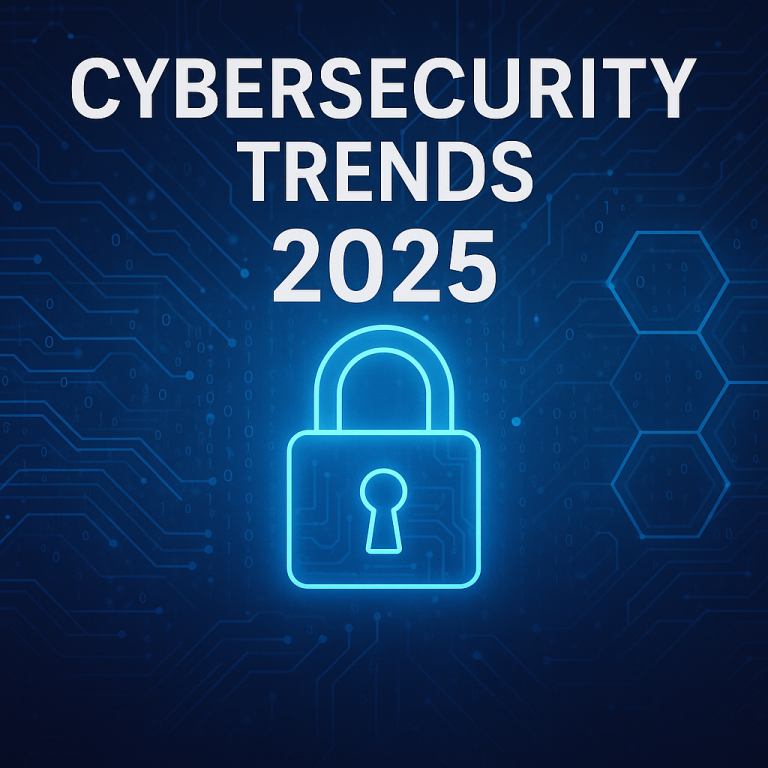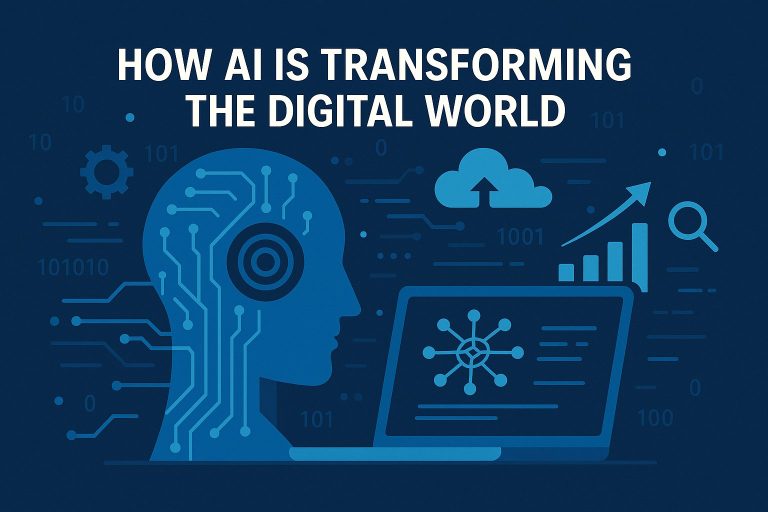Introduction
As the Internet of Things (IoT) grows and data flows faster than ever, the cloud alone can’t handle it all. Enter edge computing—a technology revolution that brings computation closer to where data is generated. Think of it as local brains for a global network.
What is Edge Computing?
centralisedEdge computing refers to processing data near the edge of the network—closer to devices like smartphones, sensors, or smart appliances—rather than relying on centralized cloud servers.
Why It’s a Game-Changer
- Reduced Latency: Perfect for real-time applications like autonomous vehicles or industrial robots.
- Improved Security: Local data processing limits exposure to cyber threats.
- Better Bandwidth Efficiency: Less data needs to be sent to the cloud, saving cost and time.
Use Cases in the Real World
- Smart cities monitoring traffic and air quality.
- Retail stores using AI at the edge for real-time inventory tracking.
- Healthcare devices analyzing patient data instantly.
Conclusion
Edge computing isn’t replacing the cloud—it’s making it smarter and faster. Businesses that tap into edge tech now will be better prepared for the demands of tomorrow.




